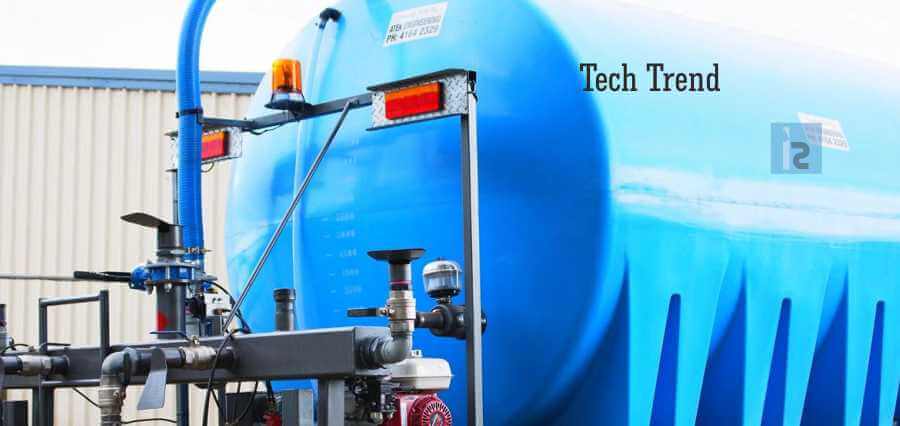Today, plastics have become a vital asset, and are transforming people’s life every day. Its usage is increasing and thus exceeding the annual production. Though, the researchers are inventing safer plastics with the advanced technology, but some plastics drawbacks and challenges have never been resolved. To resolve this issue, smarter plastics are being developed by advanced sorting and energy efficient ways. Rotomolding plastic is one of the smarter plastic which is the fastest growing trend in the plastics processing industry.
Insights of Rotational Molding
Rotational Molding Plastic is also known as Rotomolding or Rotocast. In plastic product manufacturing, there are many new technologically advanced manufacturing processes which are used for developing the highly precise finished products. Rotational Molding is one of the specialized techniques that are used to create a hollow plastic product with a high precision. In this process, heat is used to melt and fuse the plastic resin in a closed mold.
This Plastic Rotational Molding embraces different stages, namely—loading the resin into the mold, heating and fusing the resin, cooling and finally extracting the product from the mold. With the great advancements in technology, a wide variety of materials are used to produce the plastic products using rotational molding. Materials such as polyethylene, plastisols, nylon, fluoropolymers, polycarbonate, polypropylene, polyurethane, and elastomers can be used. One of the important and economical plastic products can be developed in various sizes and shapes from Rotomolding plastic, which would be impossible to produce by any other process.
Rotational Molding Plastic for Manufacturing Advanced Plastic Products
Though having many manufacturing processes; Rotational Molding offers a unique set of rewards. It is one the important plastic product manufacturing process, which is rarely used to develop highly durable and long-lasting plastic products. However, polyethylene is a commonly used material; this process offers the freedom to use the raw material. Ease of use is another advantage of this process. As the process requires a mold; it can be built using different methods such as, casting, machining or fabricating a mold.
Plus Points of Rotational Molding
One of the most unique manufacturing processes, Rotational Molding is the advanced method of manufacturing plastic products. In this process heating, shaping, melting, and cooling occur after the resin is placed in the mold. Interesting thing is that it can be used to produce small to large, simple to complex parts in a very less time.
Affordable manufacturing process, low initial tooling costs, economically help to manufacture large products and parts, developing durable products, less time consuming to develop plastic products are some of the positive points of Rotational Molding. It also offers designing flexibility, which is the attractive aspect, stress-free manufacturing of plastic products, multiple options in choosing raw materials, hollow part can be made in one piece with no weld lines, multilayer products can be possibly made, and inserts are relatively easy to mold.
Applications of Rotational Molding
Extremely versatile limitless products manufactured by the Rotational Molding plastic due to the customizable nature of the manufacturing process.
Rotational Molding finds applications in the varioussectors such as:
- Automotive Industry
- Agricultural Industry
- Furniture Industry
- General Industry such as lighting solutions, namely—double cone, lamp cover, spheres, and cubes
- Packaging Industry such as stackable containers, pallets, and tanks
- Sports and leisure Industry
- Water Treatment Industry
- Marina offshore buoyancy and marine safety equipment Industries- e.g. navigation aids, mooring and marker buoys, boom floats, SOLAS-approved lifebuoys, fuel tanks, and net floats
- Construction Industry
Futuristic Expansion Mode of Rotomolding
New materials are being developed by the major companies, including smaller compounding companies focused solely on the Rotomolding process. Future evolutions include biopolymers, and new versions of polyolefins. Rotomolding is occupying less than 2% of the global needs for polyethylene which will surely go on increasing. The positive aspects for Rotomolders can also bring in drawbacks in the sense that the industry is fragmented and limited in terms of materials or easy-to-access product ranges. However, the scope is wide for the analysis, from political to environmental, from cosmic matters to microscopic and from people to robots. Population trends, micro-finance, communication, artificial intelligence, climate change, the microbiome & microbiology are the prime areas whose relevance makes a broader background for Rotomolding.


